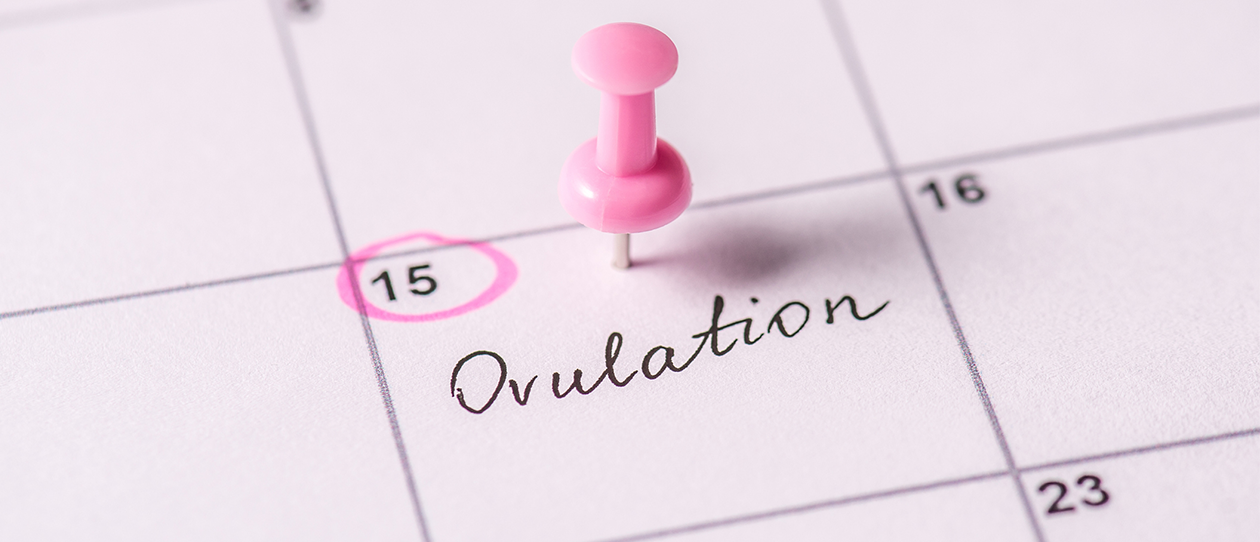
- Health hub/
- Resources for Pregnancy and Preconception/
- What is an ovulation window?


Sure, getting pregnant naturally requires having sex – that’s a given. But it’s actually a bit more complicated than that. The short story is that if you’re trying to conceive, you need to have sex on specific days of your cycle, a phase that’s known as your ‘ovulation window’. In other words, it means that when it comes to getting pregnant, timing really is everything.
Here are five things you need to know about your ovulation window
Ovulation is when a mature egg is released from one of your ovaries.
If the egg – also called an ovum – meets up with sperm during its journey down the fallopian tube towards the uterus, conception can occur. For most women with regular menstrual cycles, ovulation happens about once every month until menopause, except during pregnancy or if you’re frequently breastfeeding.
The ‘ovulation window’ lasts for about six days.
Technically pregnancy is only possible if you have sex in the five days leading up to ovulation or on the day of ovulation itself – this is your ovulation, or fertile, window. That said, your most fertile days are the two days immediately before ovulation and the day you ovulate. Why does the ovulation window last a few days? That’s because sperm can survive in cervical mucus for up to five days before an egg is released.
The window shuts 12 to 24 hours after ovulation occurs.
An egg, or ovum, can only live without fertilisation for between 12 and 24 hours. So if you have sex more than 24 hours after you’ve ovulated, you won’t get pregnant. Instead, the egg arrives in the uterus unfertilised and gets reabsorbed by your body.
You can calculate when your ovulation window opens.
Ovulation typically happens about two weeks – or 14 days – before your period starts. So, once you know the average length of your cycle and if your cycles are pretty regular, you can work out when your ovulation window falls. For example, if your cycle is usually 32 days on average, ovulation happens around day 18, which means your ovulation window opens on day 13 of your cycle, but your most fertile days are days 16, 17 and 18. To work out the average length of your cycle, take note of how many days your last three cycles were, with one cycle running from the first day of your period to the day before your next period. Add all three numbers, or cycles, together and then divide by three.
There are also some physical signs of ovulation to look out for.
There are several effective ways to work out if you’re ovulating, including some physical symptoms to pay attention to. These can include abdominal pain and premenstrual-type symptoms like breast tenderness and abdominal bloating. A change in the consistency of cervical mucus is also important to look out for. A few days before you ovulate, it’ll likely become more slick or slippery than usual.




